Minority-owned homes remain undervalued despite laws that forbid using race to evaluate worth
Share
Explore Our Galleries
Breaking News!
Today's news and culture by Black and other reporters in the Black and mainstream media.
Ways to Support ABHM?
Racial inequality in home values is greater today than it was 40 years ago, with homes in white neighborhoods appreciating $200,000 more since 1980 than comparable homes in similar communities of color.
By TheConversation, Milwaukee Independent
Our new research on home appraisals shows neighborhood racial composition still drives unequal home values, despite laws that forbid real estate professionals from explicitly using race when evaluating a property’s worth. Published in the journal Social Problems, our study The Increasing Effect of Neighborhood Racial Composition on Housing Values, 1980–2015 found this growing inequality resulted from both historical policies and contemporary practices.
In the 1930s, the federal government institutionalized a process for evaluating how much a property was worth. Often called redlining, this process used neighborhood racial and socioeconomic composition to determine home values. Homes in white communities were deemed more valuable than identical dwellings in communities of color.

A picture of protesters against evictions during the pandemic. By Junia Howell, Assistant Professor of Sociology, University of Pittsburgh; and Elizabeth Korver-Glenn, Assistant Professor of Sociology, University of New Mexico
Legislative action in the late 1960s and 1970s prohibited this practice. But the law allowed appraisers to use past sale prices to determine home values. Our research shows how using old, race-based sale prices ensured appraisers continued to define homes in white neighborhoods as worth more than similar homes in Black and Latino communities. Racism was baked into the system.
Read the full article here.
Learn more about current roadblocks for Black people here.
More Breaking News here.
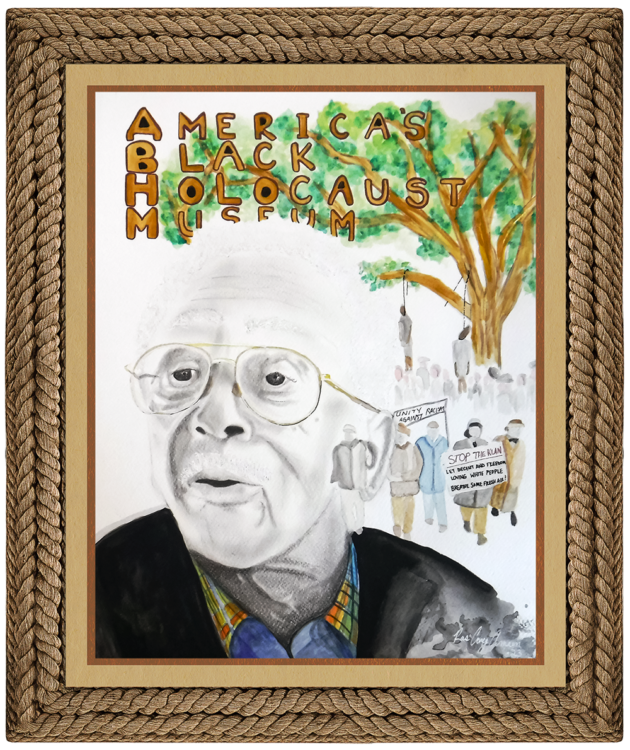
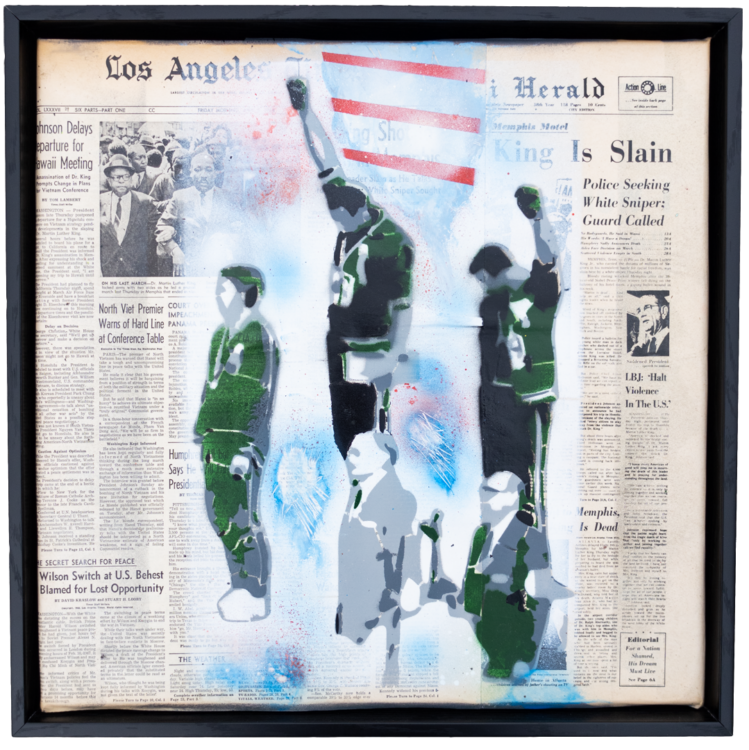
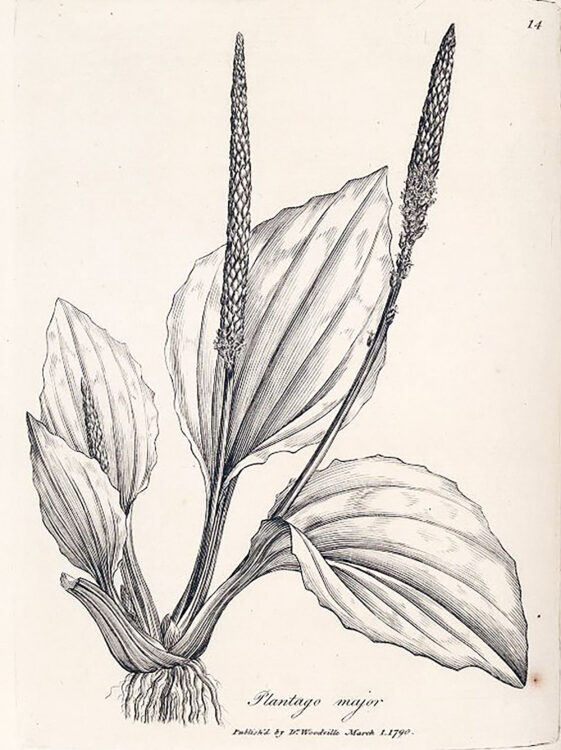
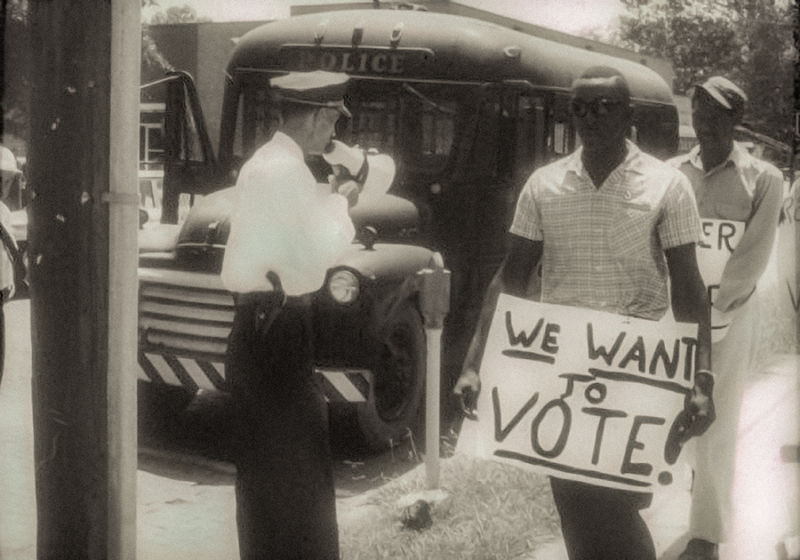

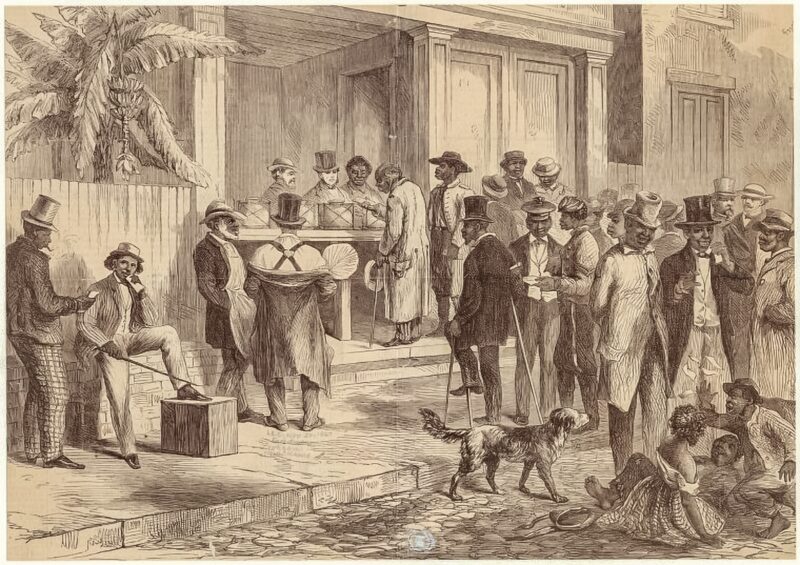
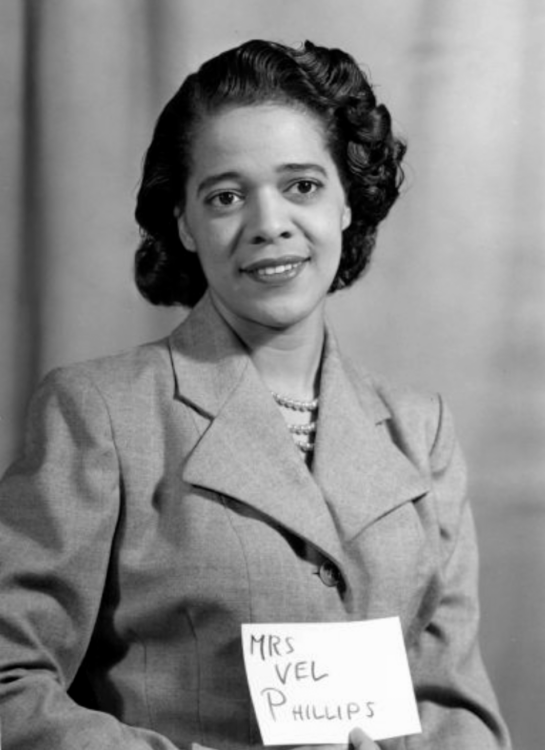
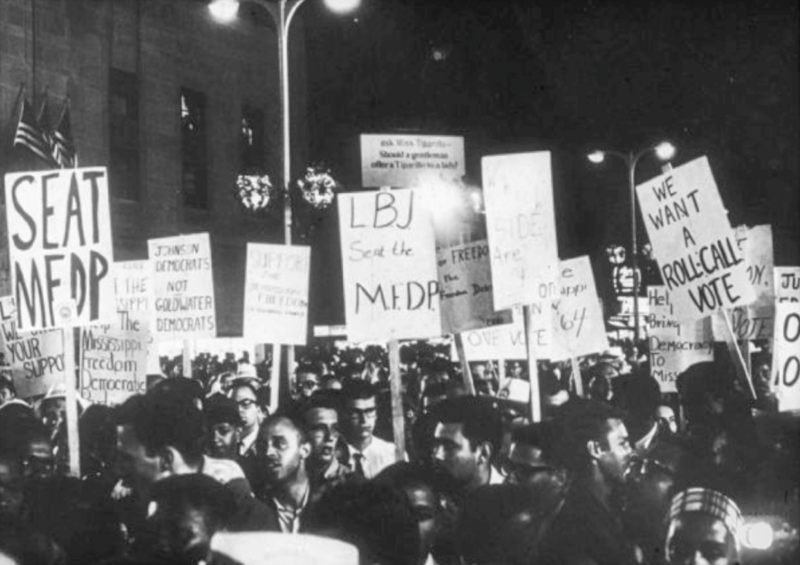
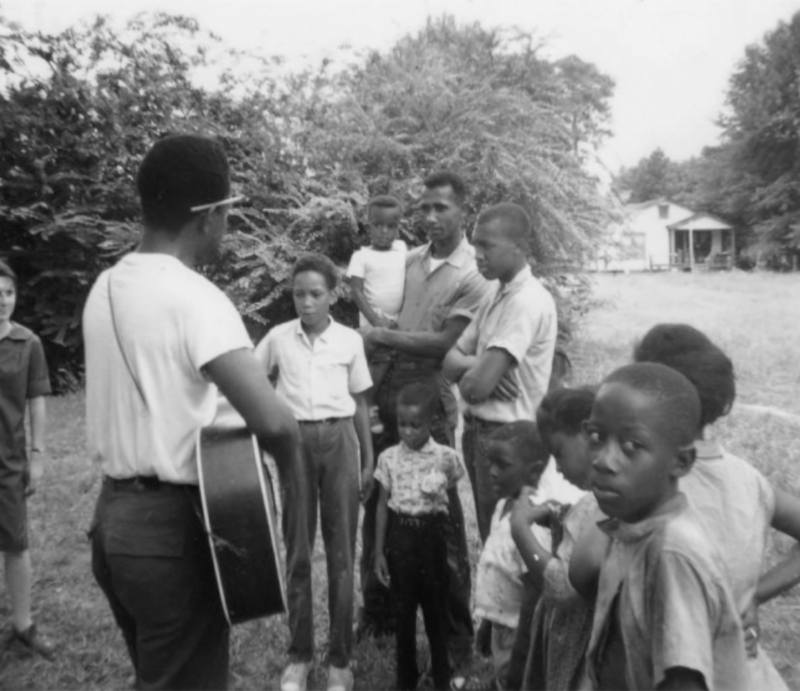
Comments Are Welcome
Note: We moderate submissions in order to create a space for meaningful dialogue, a space where museum visitors – adults and youth –– can exchange informed, thoughtful, and relevant comments that add value to our exhibits.
Racial slurs, personal attacks, obscenity, profanity, and SHOUTING do not meet the above standard. Such comments are posted in the exhibit Hateful Speech. Commercial promotions, impersonations, and incoherent comments likewise fail to meet our goals, so will not be posted. Submissions longer than 120 words will be shortened.
See our full Comments Policy here.